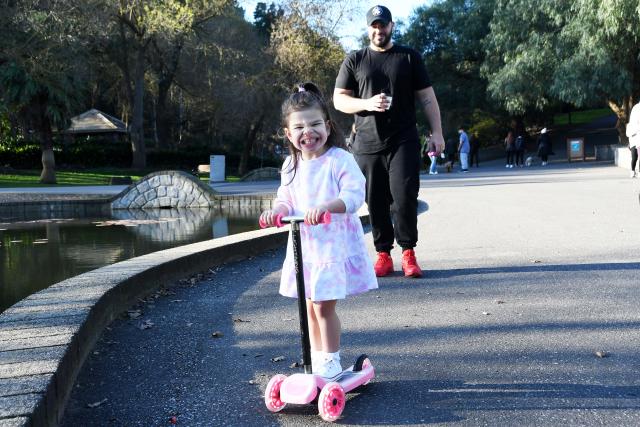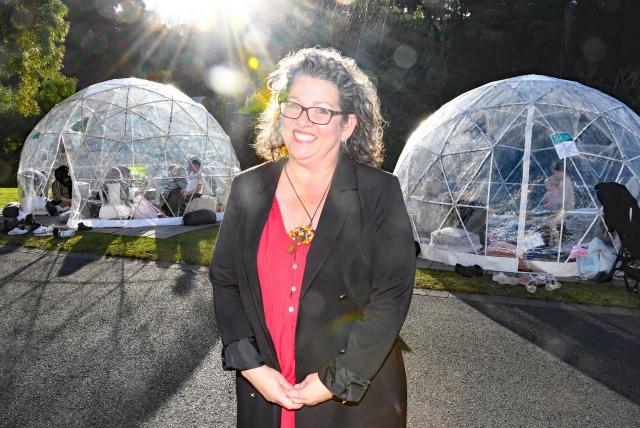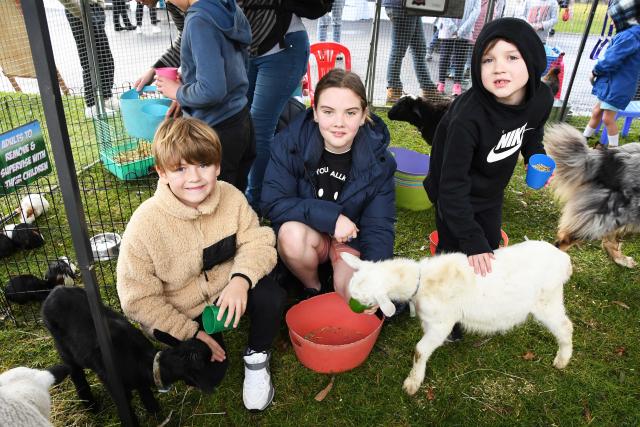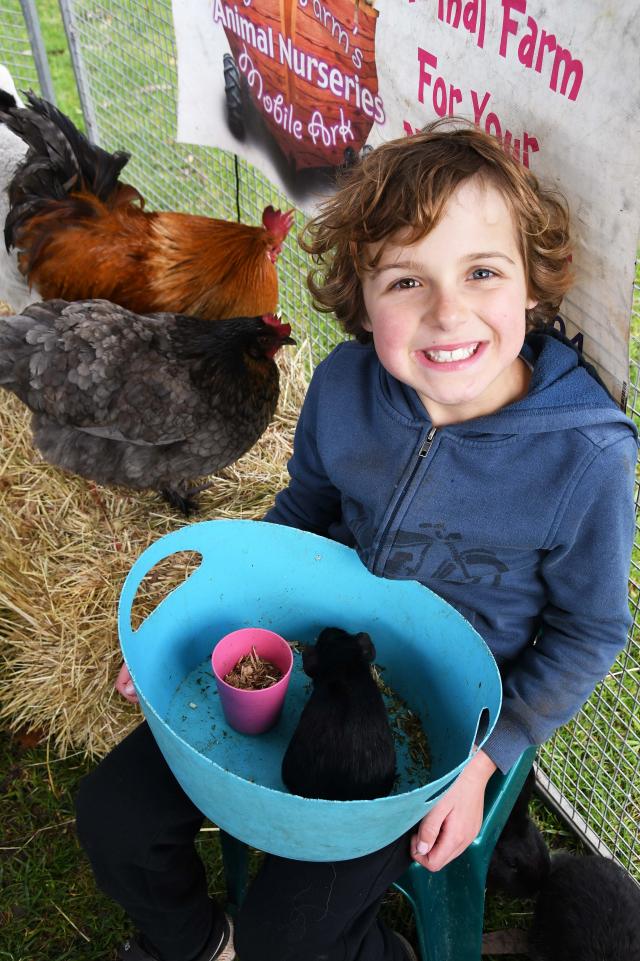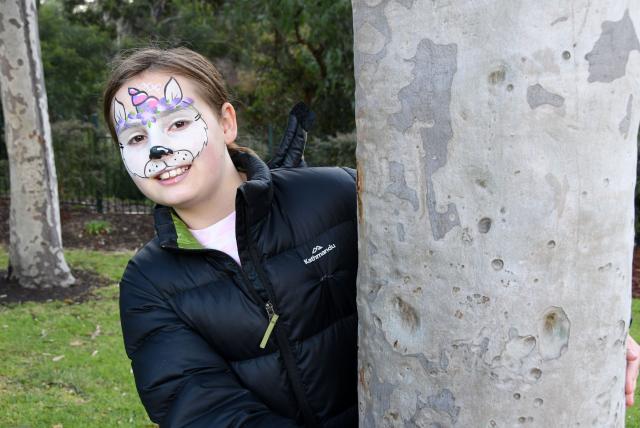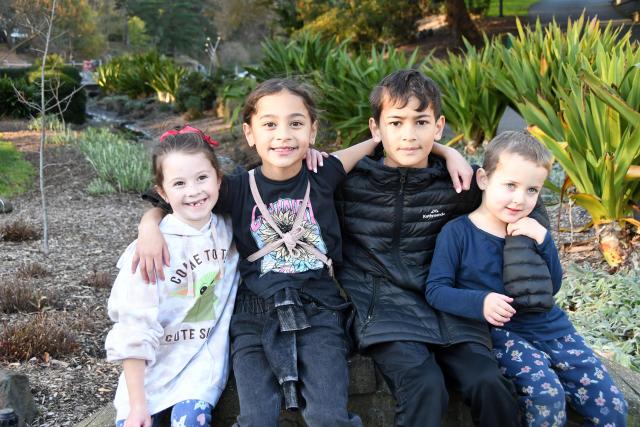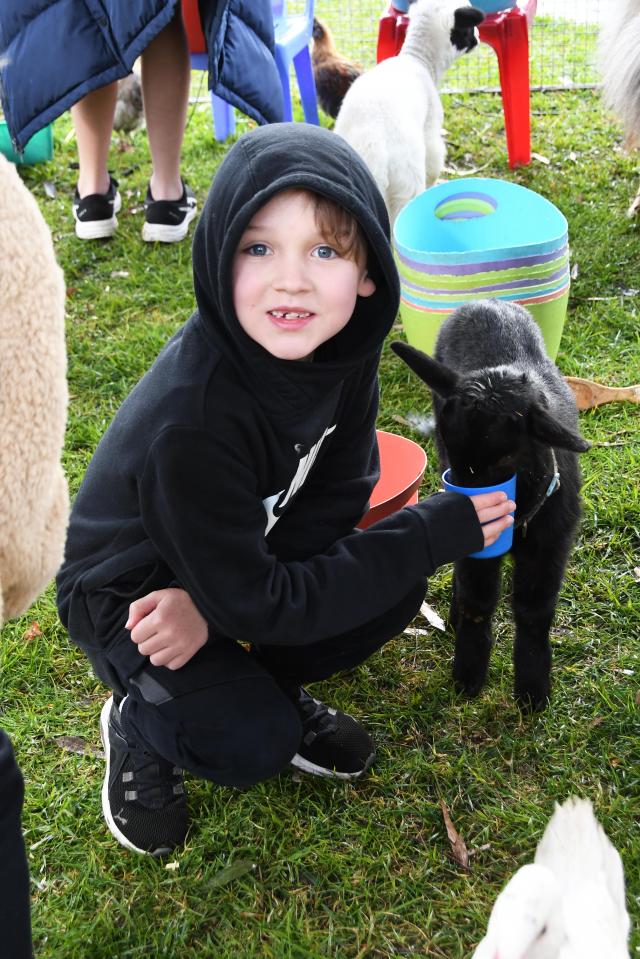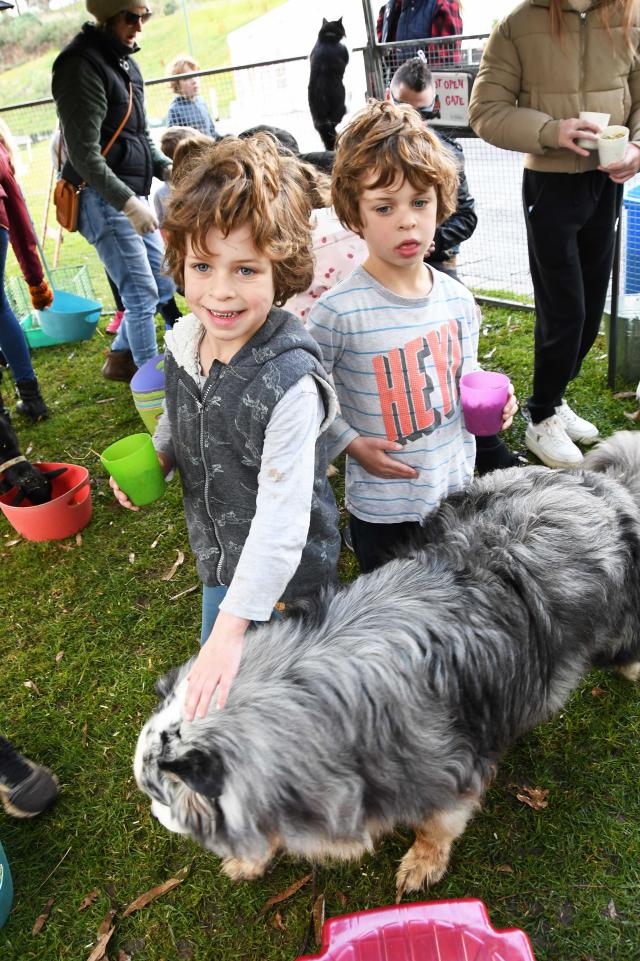Old and new friends of Berwick’s hidden gem – Wilson Botanic Park – united to celebrate its 30th birthday on 8 July.
Council staff and dedicated locals known as the Friends of Wilson Botanic Park transformed the old basalt quarry site into a 39-hectare park in the late 1980s.
Today it welcomes more than 600,000 visitors each year and is home to more than 1000 native and exotic plant species.
A place of refuge for many local families throughout the Covid-19 pandemic, Friends member David Pearce said the park was, “one of the few places left where people smile and say hello when they pass you”.
Local pioneers George and Faye Wilson donated the park’s northern section to the then-Berwick Council in 1973.
The council bought the southern section in 1985, planning for the park began, and the Friends formed in 1989.
Casey Council CEO Glenn Patterson said David Wilson, George and Faye’s son, told him it was “wonderful to see the vision my parents have come to life in such a transformative way”.
Kirsty Lottkowitz was Mayor when the park opened and sent a message from Cairo, Egypt.
“I love that it continues to be a refuge in suburbia and a place with a strong community heart,” she said.
City of Casey team leader Janet Reid has worked at the park for five years, connecting and activating the community in the park.
“This became the place they could go,” she said about the Covid lockdowns.
“We have heard stories after stories ‘if it wasn’t for this place I wouldn’t have made it’.
“People could get outside and walk with a friend. All of that was their saving grace.”
The park’s future was outlined in a Casey Council master plan released in July.
Short-term concepts included replacing and relocating the visitor centre, upgrading and expanding the car park, and adding a water canal garden from the front entrance to lead visitors to Lilypad Lake and Anniversary Lake.
Accessible ramps, renovating the lily pad lake and upgrades to sewerage, electricity and utilities were also included in phase one plans, along with WiFi and lighting.
A new cafe/restaurant, kitchen, alfresco dining area, toilets and a changing area, plus indoor and outdoor multipurpose spaces, as a mid-term proposal.
A kitchen garden, fern garden, seasonal garden, perennial garden and Hoo Hoo tower garden were also included in phase two plans.
Looking toward the long-term future, elevated walkways give visitors a dynamic ‘treetop’ experience and a geoheritage walkway would give them closer access to the historical basalt rock face and fossils.
Education was another vital element in the masterplan, with a series of ’learning pods’ and education program expansion proposed.


